Michael Kessler is an abstract artist inspired by nature. He lives a creative life that is deeply intwined in nature and curiosity, experimentation and wonder. For fifty years, he has experimented with new mediums, whether it be acrylic (created while he was in college), or his own inventions and processes that are incorporated into mixed media works. Learn about Kessler’s creative life, inspirations, process and influences.
I am based in Santa Fe and Utah, so I go back and forth. I really think of myself as living on the Colorado Plateau, which is about 240,000 square miles. I’m always exploring, I’m always out there. I’m heavily into fly fishing, hiking and camping. I have a camper on the back of my pickup truck. So, I’m out there fishing, hiking, observing, making paintings in the studio, and delivering commissions, paintings or exhibitions to the galleries that I work with primarily around the Southwest. I come up to the Roaring Fork Valley every chance I can! I love fishing the Frying Pan River. I go up the Frying Pan every time I’m there and catch a lot of beautiful, big browns.
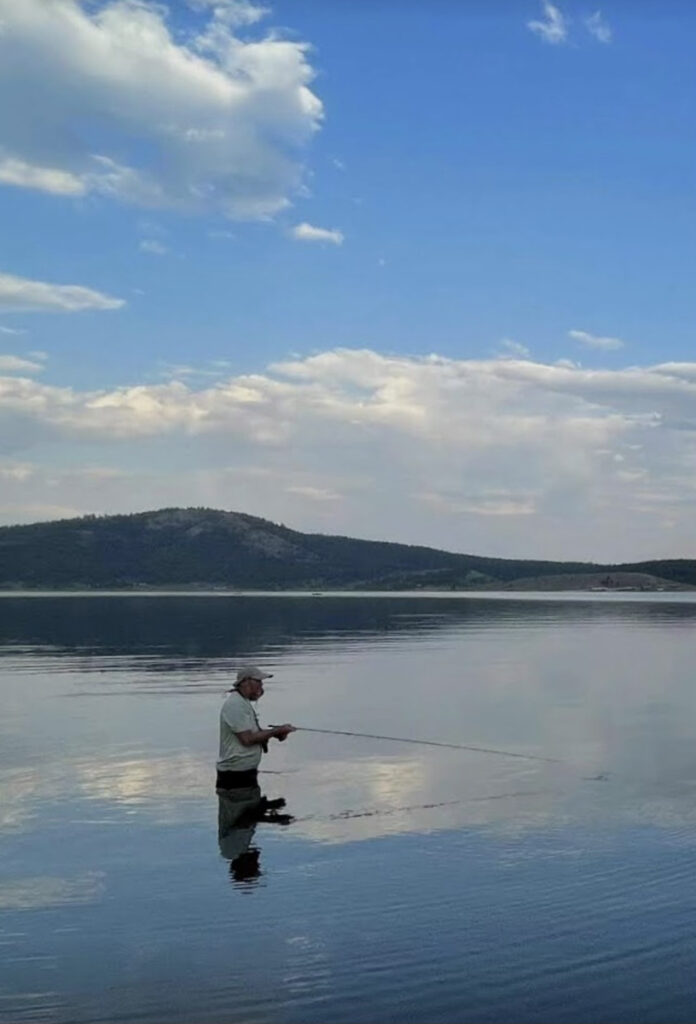
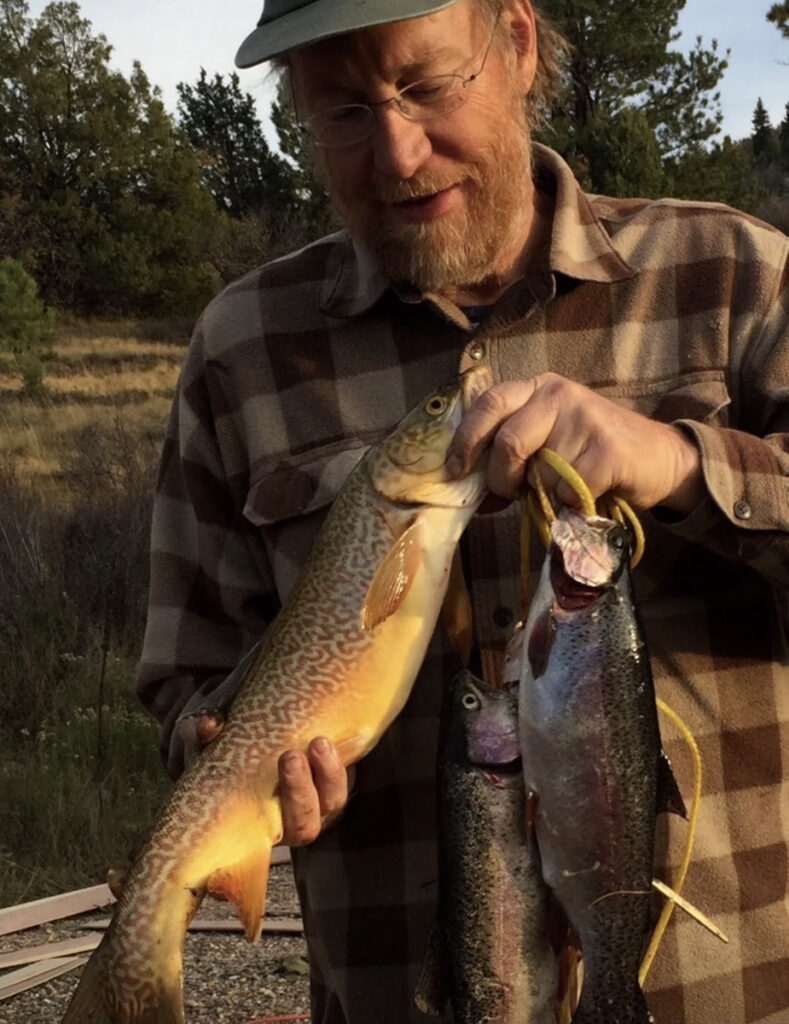
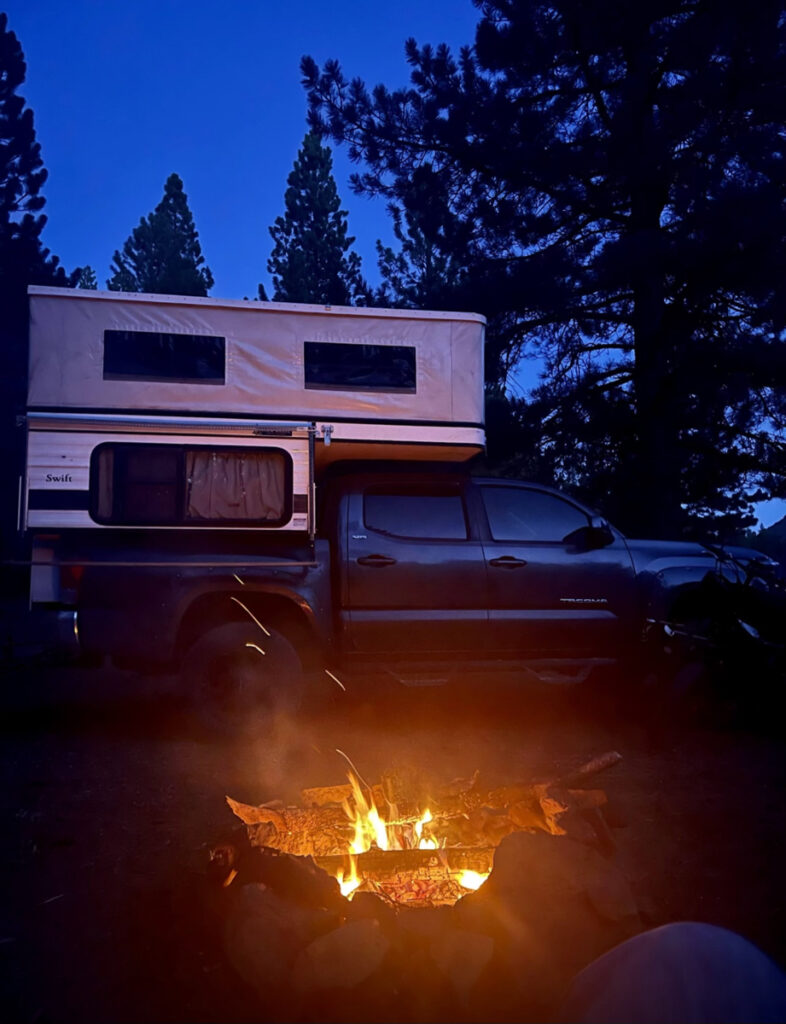
The whole Colorado Plateau is amazing. It’s so endless – the variety, the diversity – and no matter where you are, the high country is not far away. Once you’re up at 8,000 feet, you’re in the Ponderosa territory and that’s no matter which state you’re in: Arizona, Colorado, New Mexico, Utah. I seek out the rivers and the lakes up in the high-country, and I camp and fish next to the lakes or rivers, and, I’m telling you, it’s so good up there. All this feeds into my painting. It’s all part of what’s going on. I’m trying to get the feel of all of this: the colors, the textures of all that I’m experiencing. That’s another reason why I love working with washes and paper because it has a lot to do with color suspended in liquid, like the lakes, rivers and water I experience fly fishing. It’s a lifestyle and the paintings are artifacts of a lifestyle that I fashioned that I’ve shaped and molded.
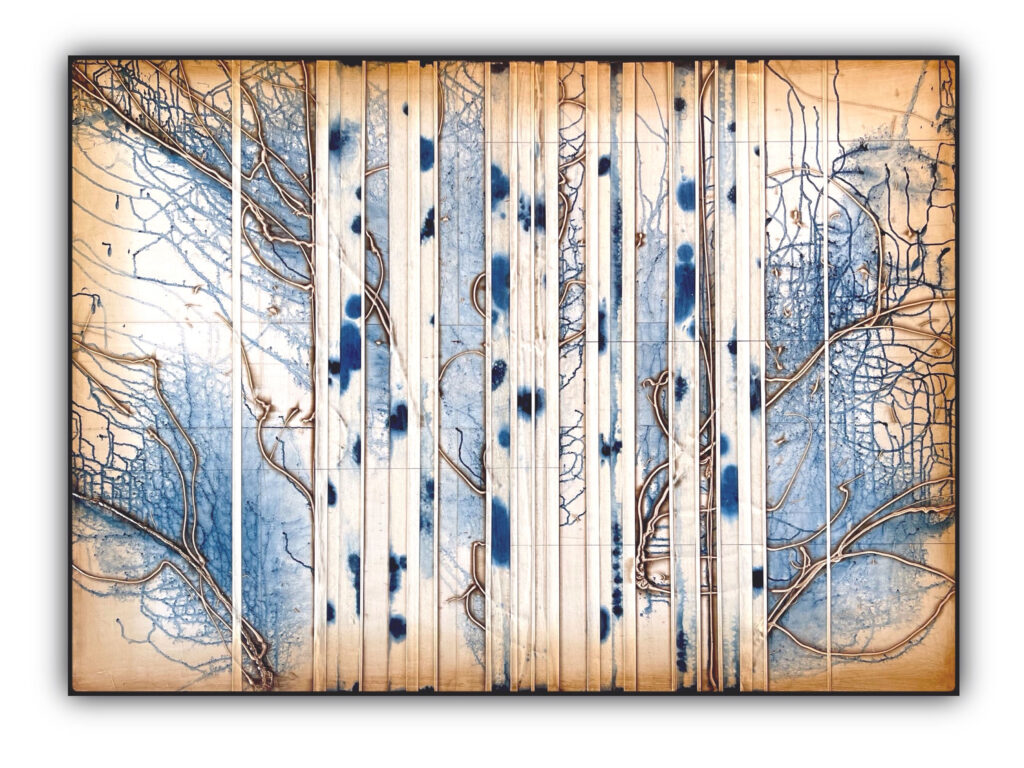
You can achieve certain results on paper that you can’t achieve any other way. Paper being an absorbent surface, it takes wash in a way that no other surface can take it. In the process of drying, the color of the wash – whether it be pigment ink or acrylic – disperses. It soaks into the paper, it stains the paper and then it moves out and moves around and in the process of drying, some of the colors separate.
I am fascinated with the way a wrinkly crunchy, a piece of paper can be applied to a surface and becomes flat and beautiful and all these incidentals. It’s unspeakable. It’s really magical what happens in that process. There’s real magic in the transformation that happens when you collage.
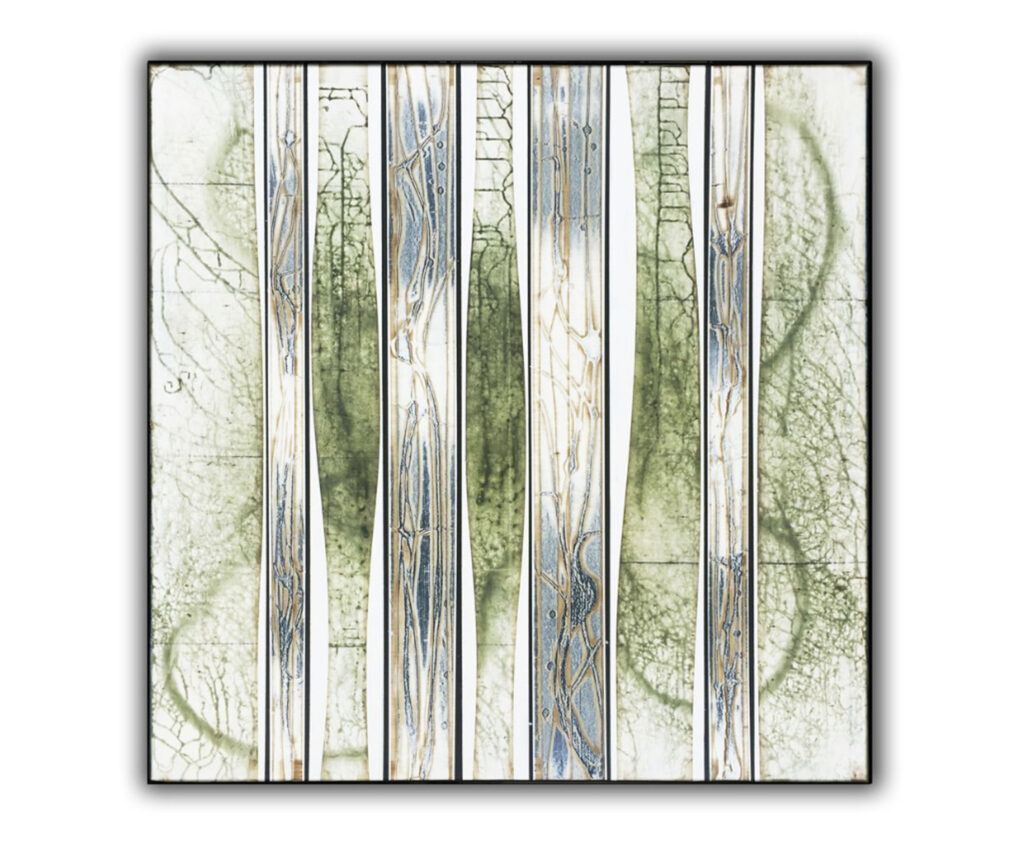
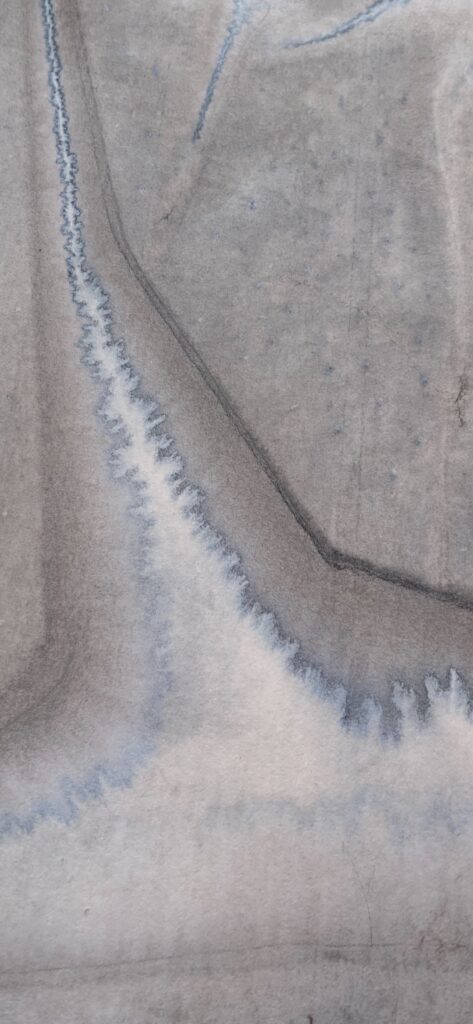

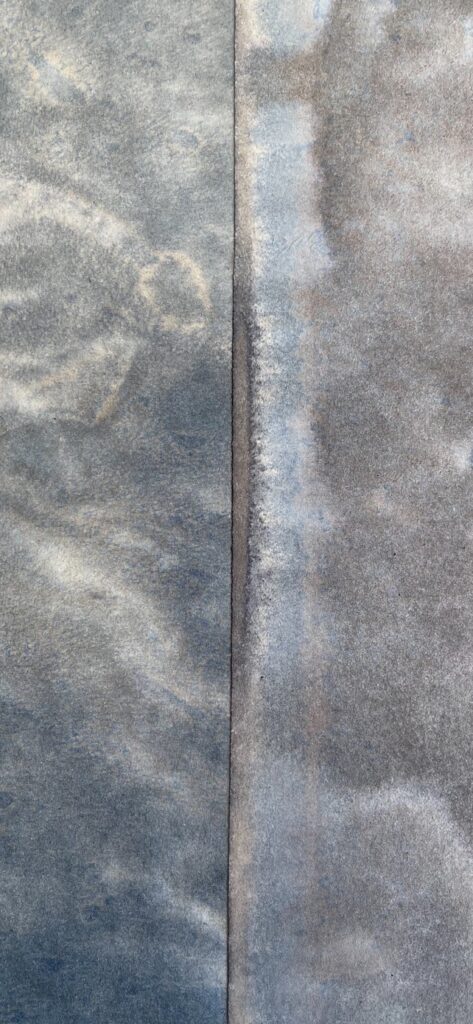
I make a wash that consists of several different colors. Those colors start to separate in the process of drawing because the size of each pigment grain varies from color to color. In some cases, the pigment is ground very, very finely and in other cases, a little less fine. When you suspend that pigment in water and soak it into paper, it moves around and you get all these wonderful little incidental color shifts. There’s no other way to achieve that.
For 50 years, I’ve been using the grid as a basic launching mechanism for compositions, so taking pieces of paper and applying it in a grid formation is a very natural thing for me. There’s no difference there except that with the paper, I can decide how to place that paper in the grid. I can move the paper around, flip it from side to side or up or down; I can choose different variations of color. And I can put together a beautiful color field in a grid formation with lots of freedom in terms of how to pick and choose and cut and paste, creating more leeway in terms of how to piece it all together. Once that color field is created, it’s just the basic under layer, that suggests all sorts of images to me, which I can pick up on and apply paint into that field.
Then I can apply marks and lines and do skims over top of that and make a sandwich and then go back and start adding more paper. It’s a layering process that, for me, goes back 50 years. But, but this idea of the paper collage adds another dimension to it that’s really exciting.
Another large part of my process is what I call skim coats – transparent and translucent paint applied with a plastic or aluminum skimming tool that I have made. I skim that paint across the surface and it articulates it and clings to the raised areas and deposits into the nooks and crannies. It’s a way of achieving an interest, an integration of color, texture, and elements.

One thing that I learned a long time ago from a very important teacher was that you can put anything in a painting, as long as it’s integrated. I took that to heart and these skim coats are a way of integrating. “Skim” comes from people who do plaster work, they refer to their coats as skim coats. I’ve always said I can add any element into the field of the painting. And when I do the skims, it’s a way of instantly integrating everything that I do into the fabric of the piece.
Bryce Marden was one of the greatest painters of the latter 20th century and was a strong influence for me. When he was young, he went to Europe and he saw them doing skim coats on big surfaces of buildings and he was very, very impressed with the whole process and came back to the studio and started doing his own skim coats with wax. That whole approach to building a surface was pretty inspirational for me.
Marden was an anomaly in the New York art world. He was working in a more traditional medium – oil and wax on canvas – and making paintings that were basically nature-based paintings in a time when painting really became kind of marginal in a sense because so many people started to get into conceptual art, installation art and political and social commentary. He spent a lot of time out in Eastern Pennsylvania where I was from, and I ran into him a couple times. He’s a real humble guy who kept plugging along and really delivered a phenomenal body of work.
Collage has been a really important part of many artist’s work. Take Robert Rauschenberg and Jasper Johns, for example, or Kurt Shwitters in the early to mid 20th century. Schwitters was a phenomenal artist and he was all about collage. Schwitters was one of the major influences of Rauschenberg. Collage for him was a way of taking bits and pieces of the world from the streets of New York. He would just simply collage them into his paintings on big, bold canvas. And then you’ve got Mark Bradford in California, a young artist – 30 years younger than me – and a phenomenal artist from Los Angeles. He goes walking all over Los Angeles collecting paper from billboards which he heavily layers to then take a sanding tool and sand back through these phenomenal collages. I could just go on and on about the collage artists. It’s endless and a lot of the greatest art since 1950 has been collage.
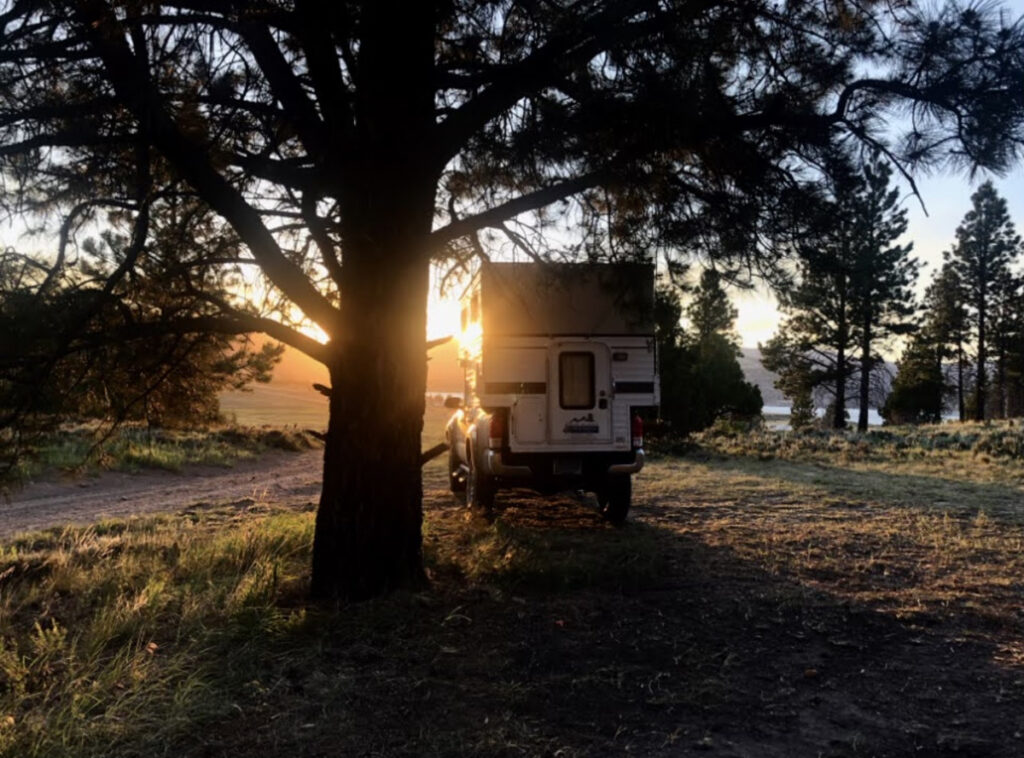
I’ve always said, “Life is art and art is life,” and really you get it all when it comes to being a creative. You have a lifetime to create a life. The question is, “What kind of life can you create for yourself, for your family and your friends?” Being a creative, you really understand the power of creativity, and it’s an awesome thing.
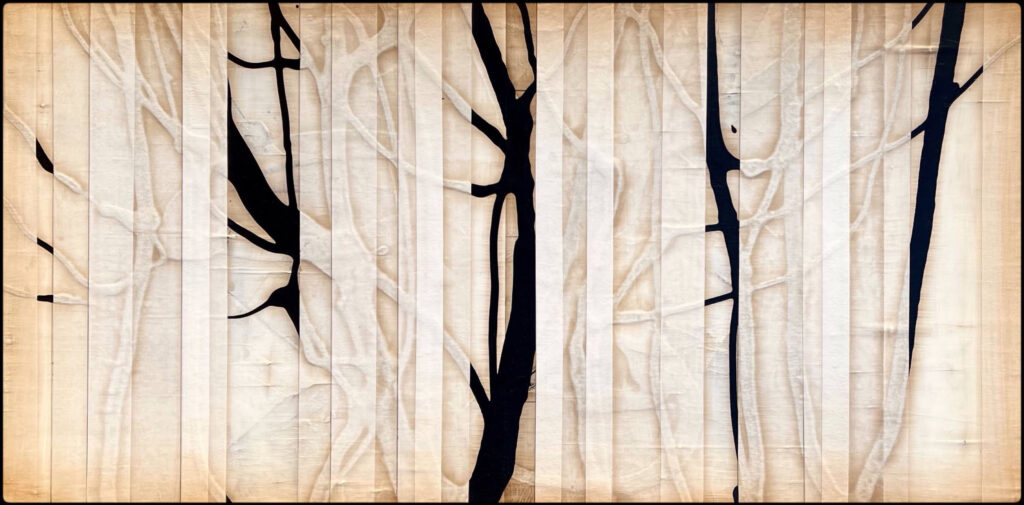
It means an awful lot when I visit a collector or when a collector visits the gallery and they really sense something in the painting that means something to them that really strikes a chord and they want it on their wall. They get really passionate about it. The work really moves them. That’s an incredible gift. It’s a wonderful thing to pass on inspiration, to do some value added out there to create something that means something significant to someone else and a stranger. So, that’s another dimension of the whole process that’s very satisfying.